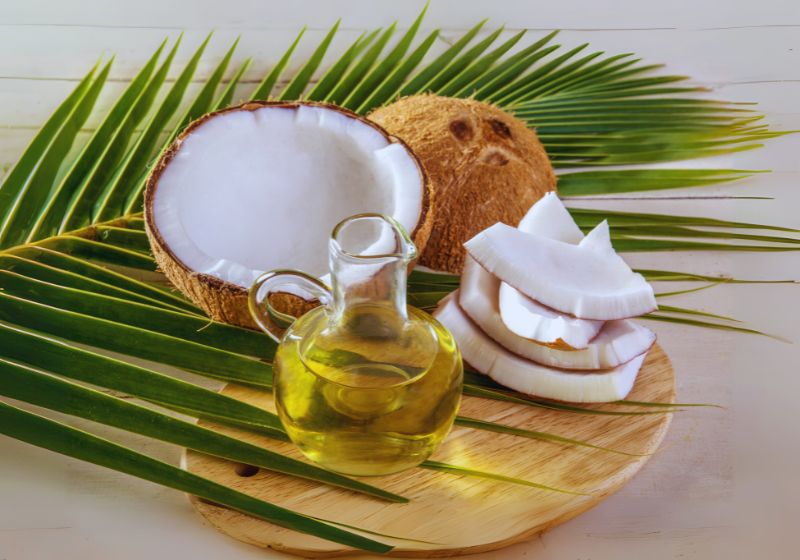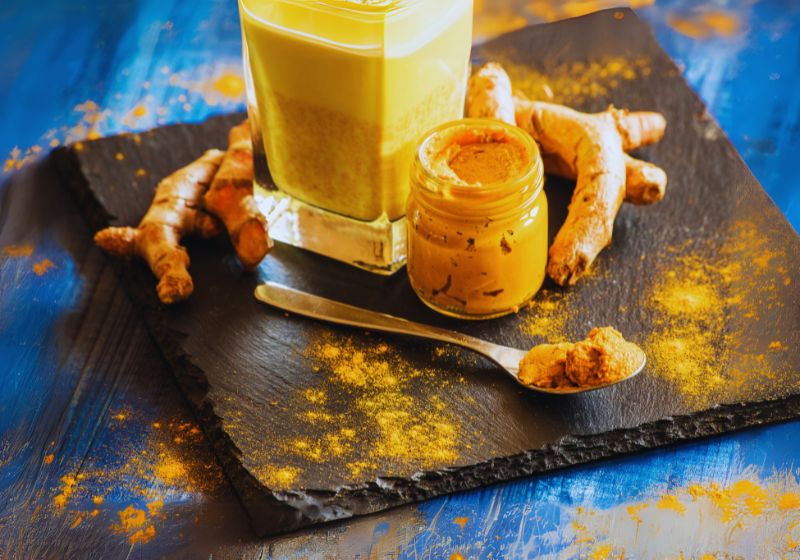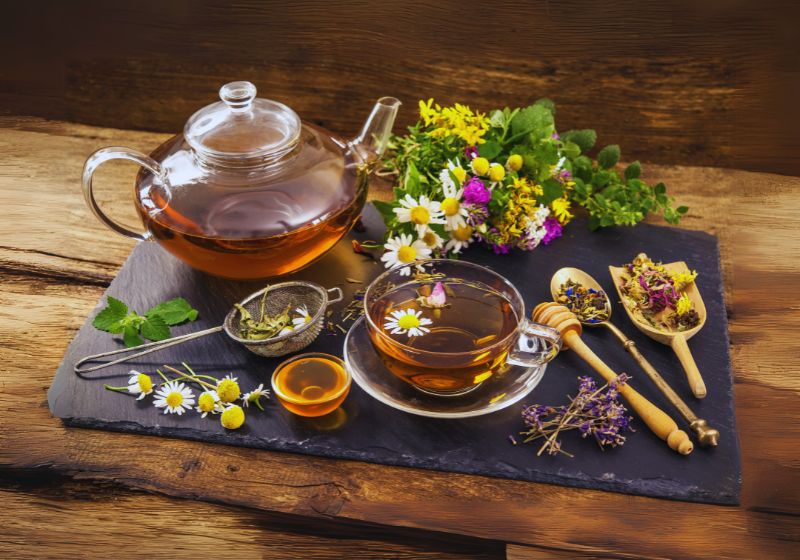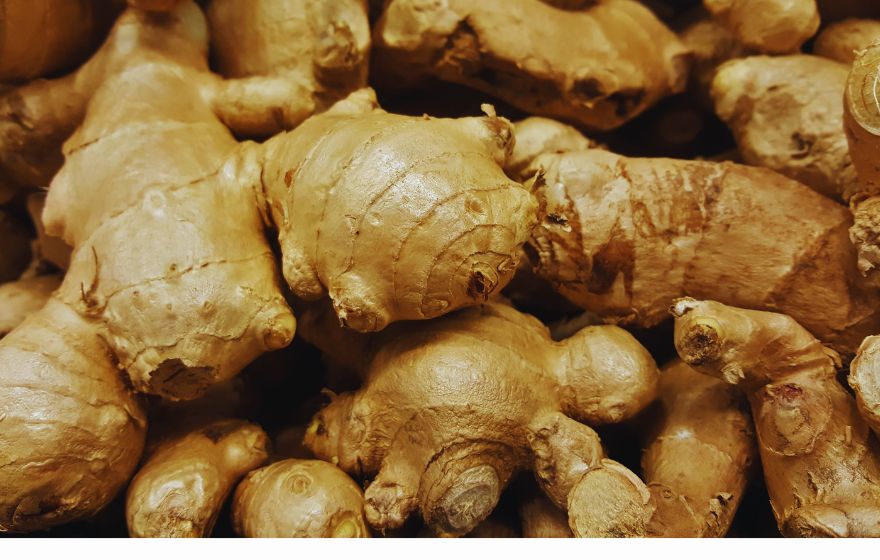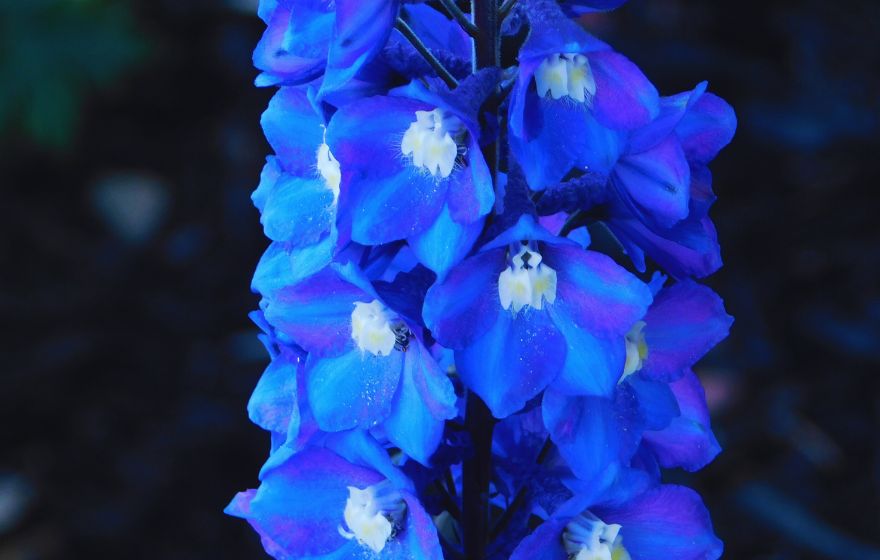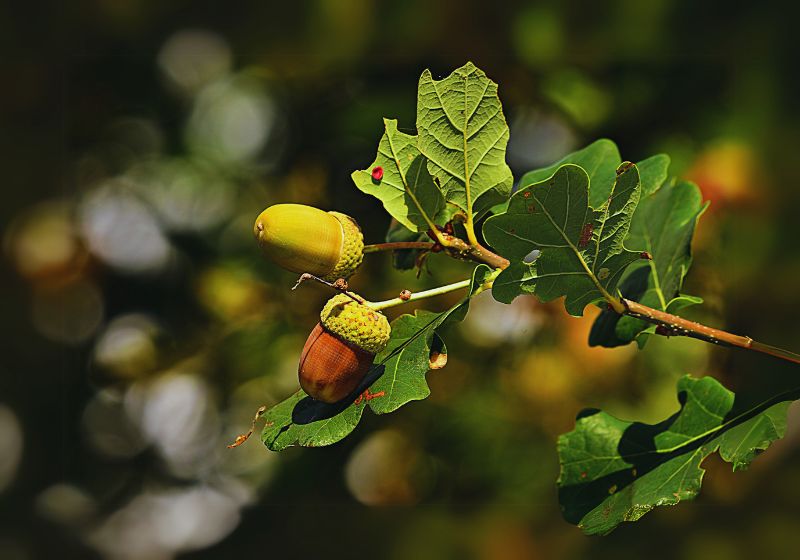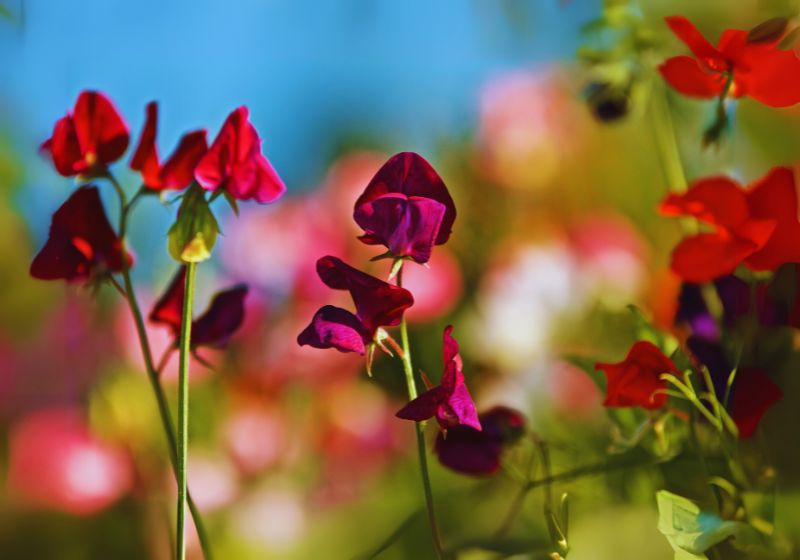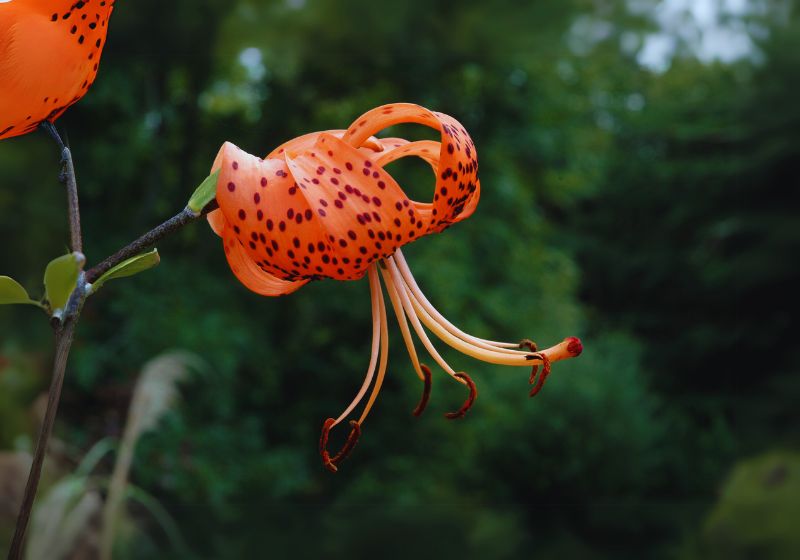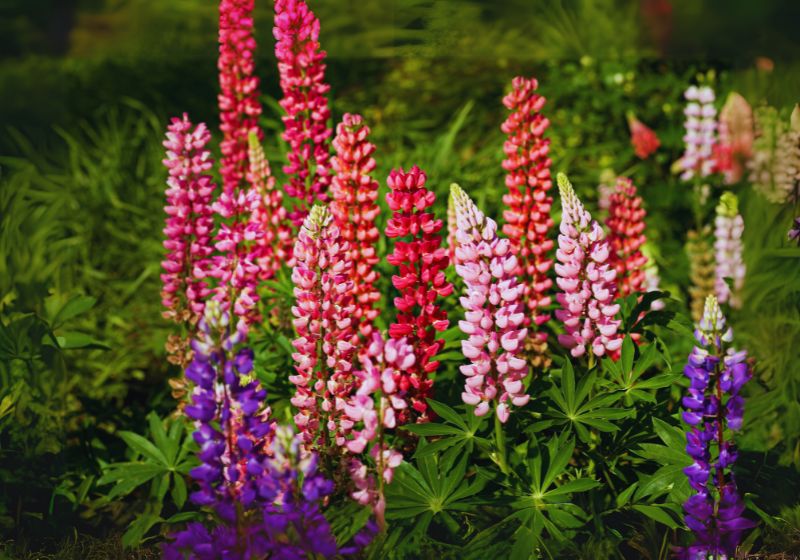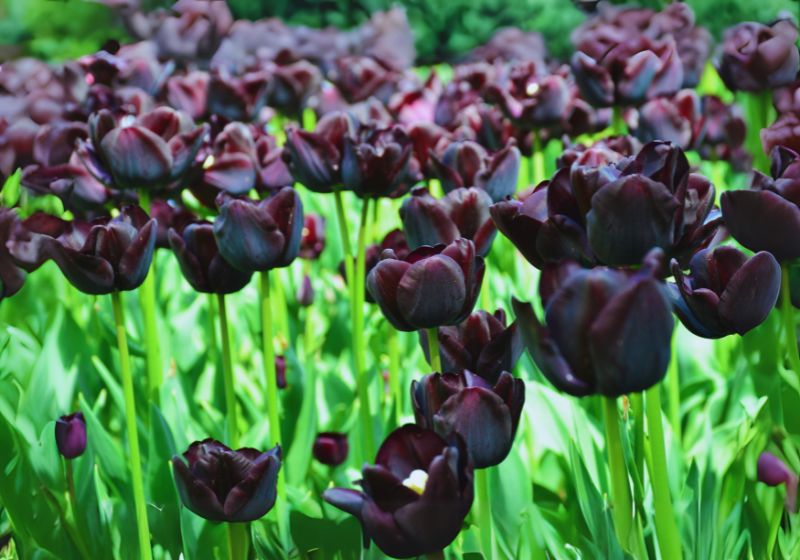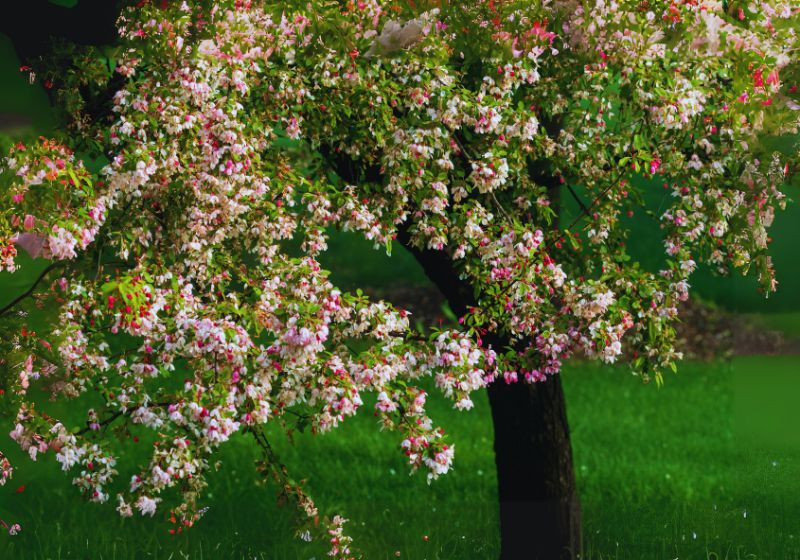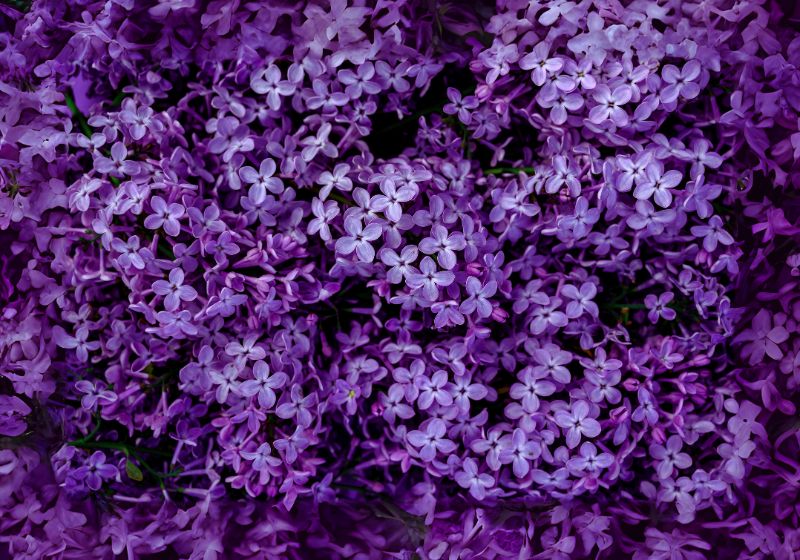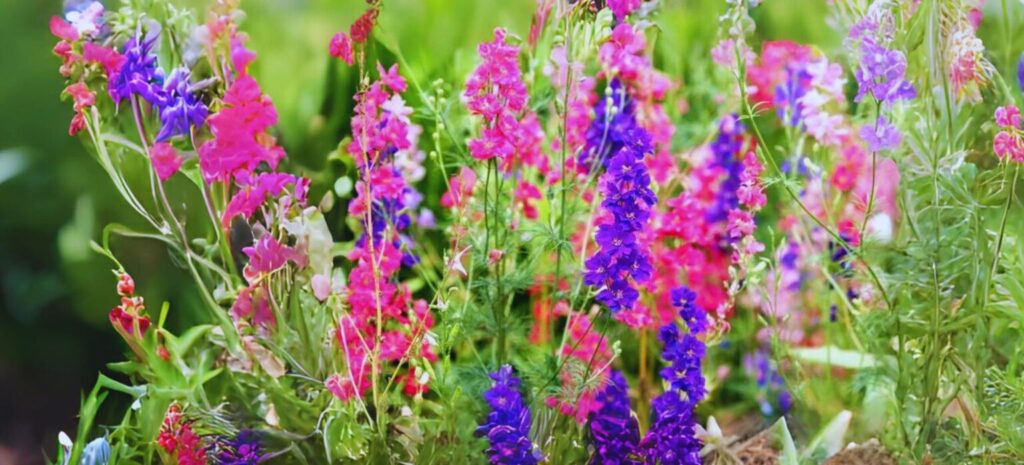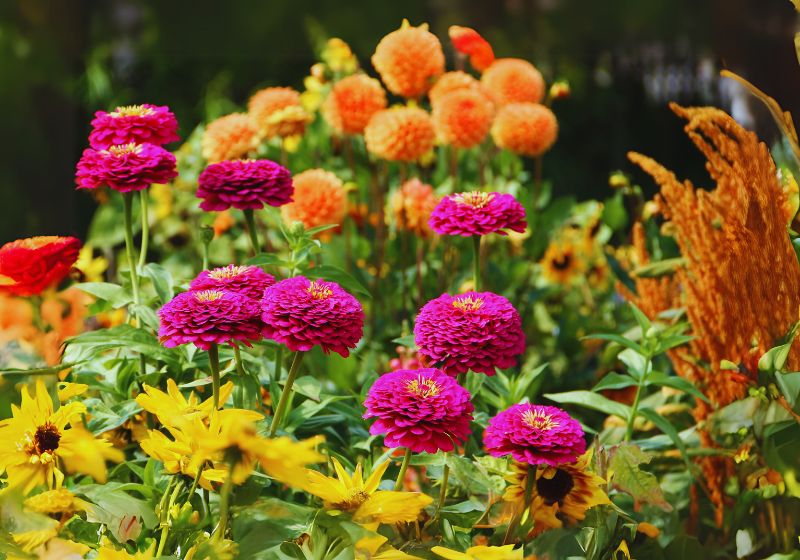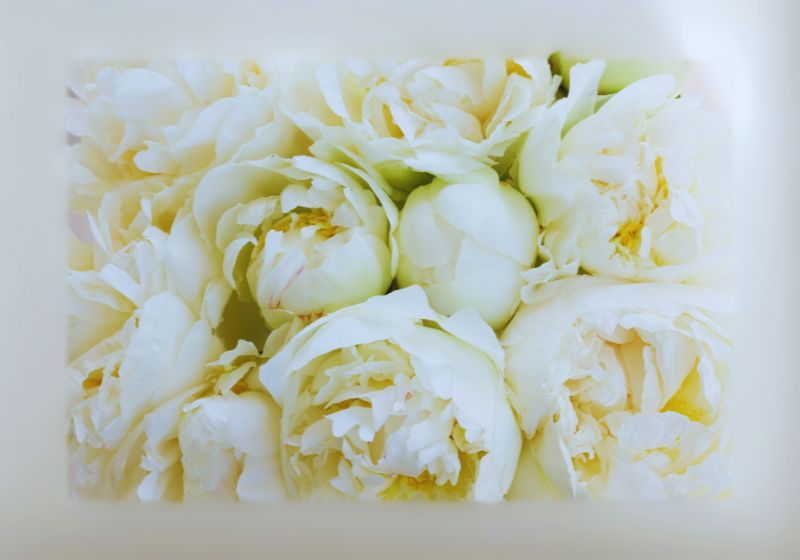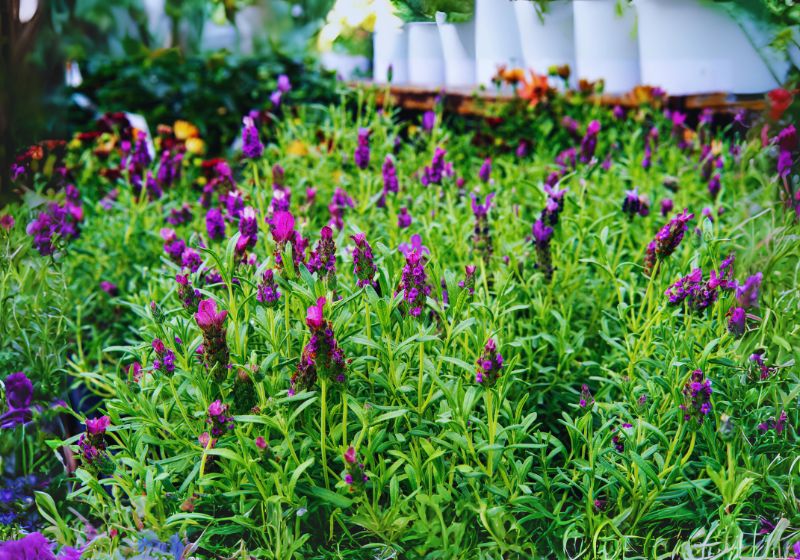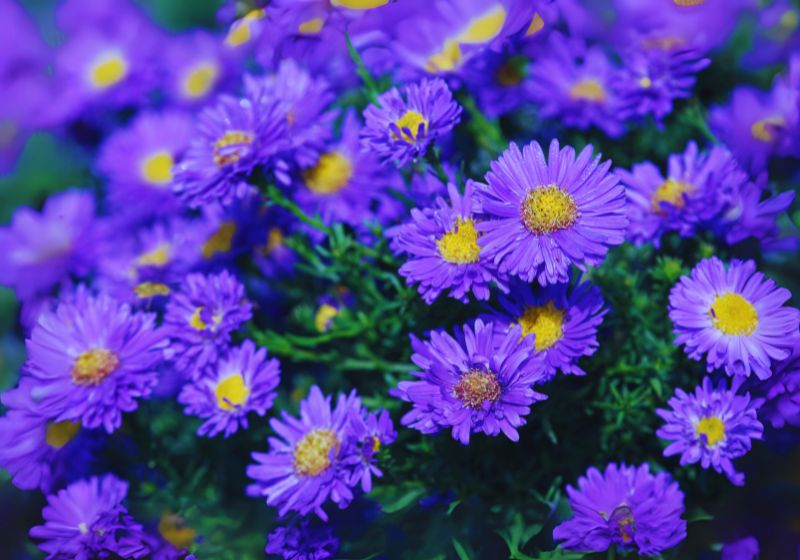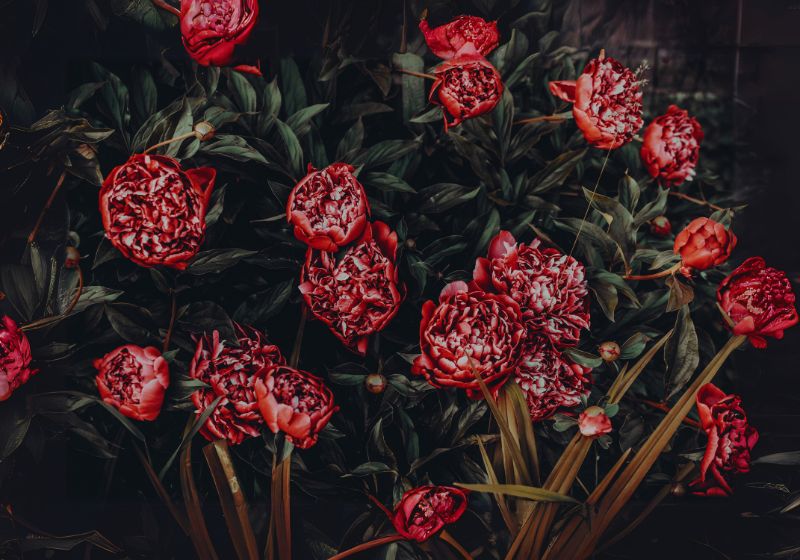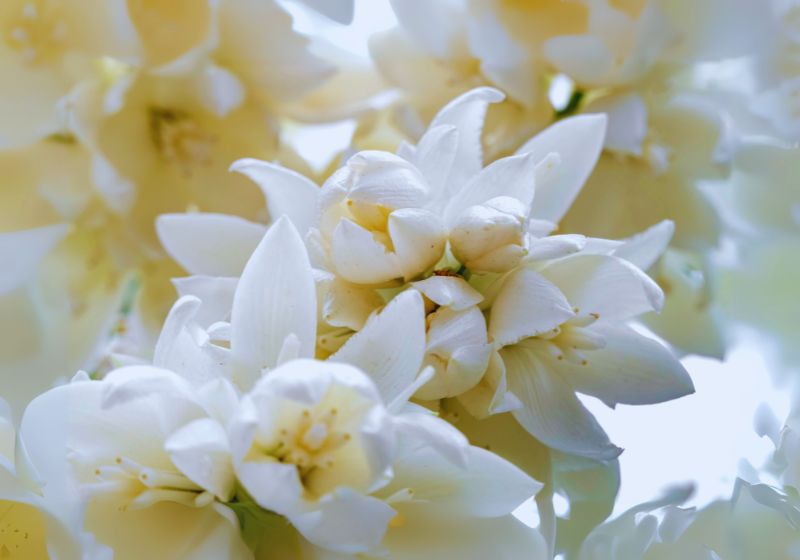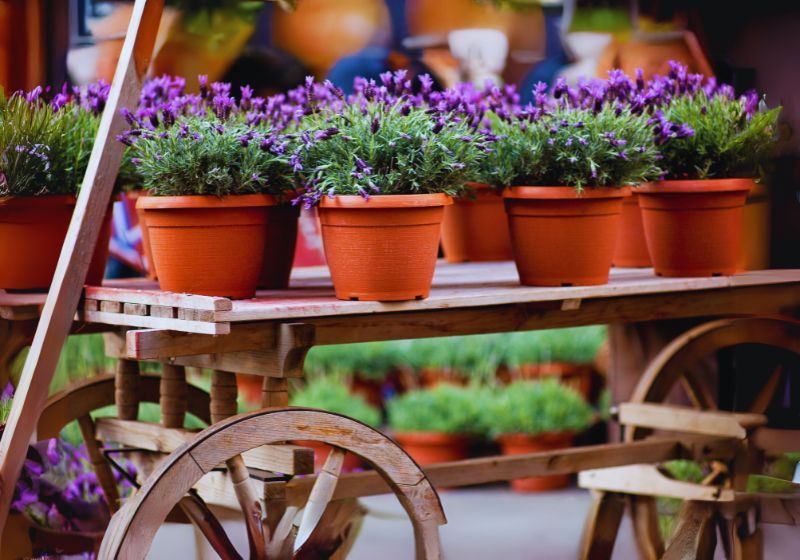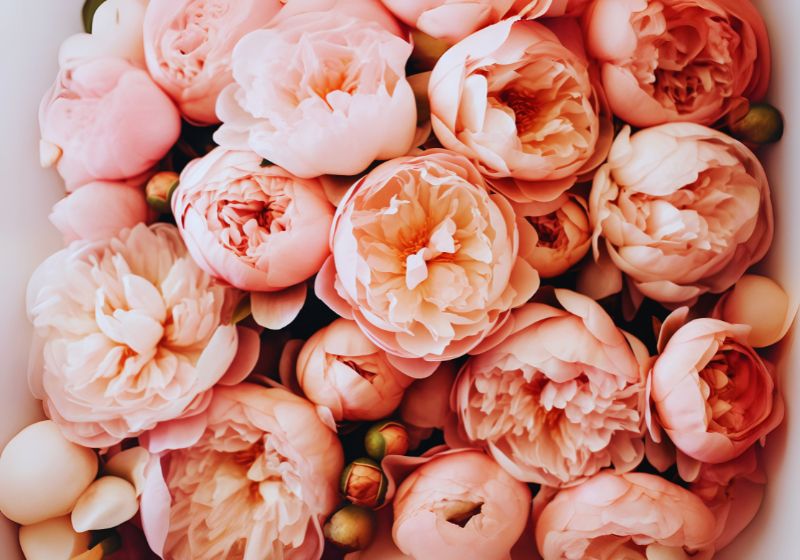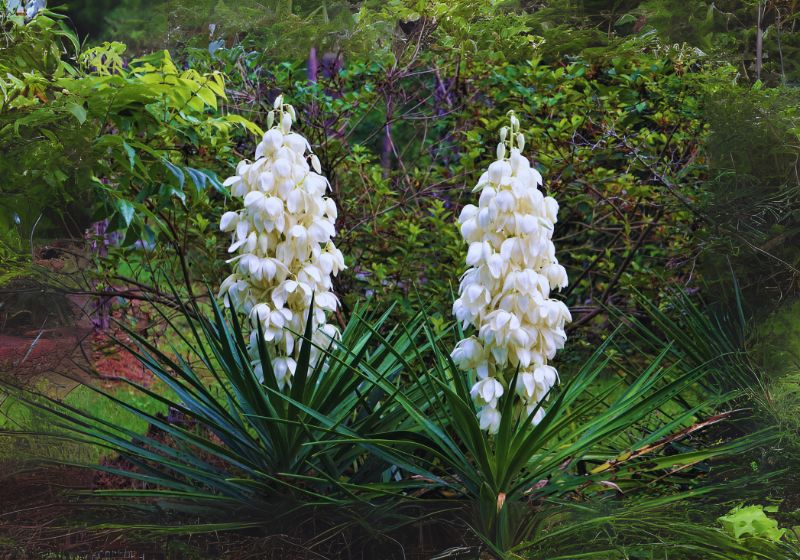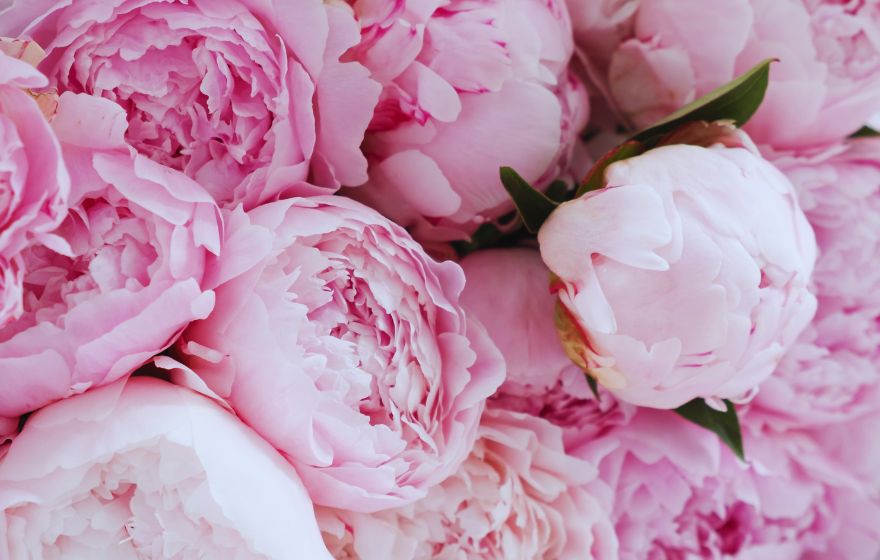How to Grow Violet Flowers: A Comprehensive Guide
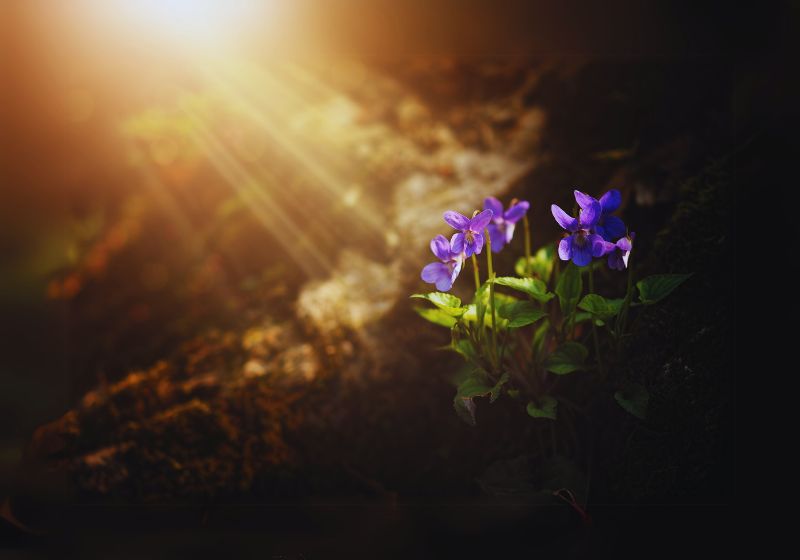
The garden will receive a bewitching boost from violet flowers because they combine dainty blossoms with brilliant coloring. Although beautiful to see, these flowers symbolize peace in addition to love because they grow easily under correct caretaking approaches.
Following this guide we will provide comprehensive information about violet flower cultivation including proper care techniques needed for successful garden growth. A complete series of information provides details about selecting suitable varieties and controlling pests while exploring propagation techniques.
Understanding Violet Flowers
What Are Violet Flowers?
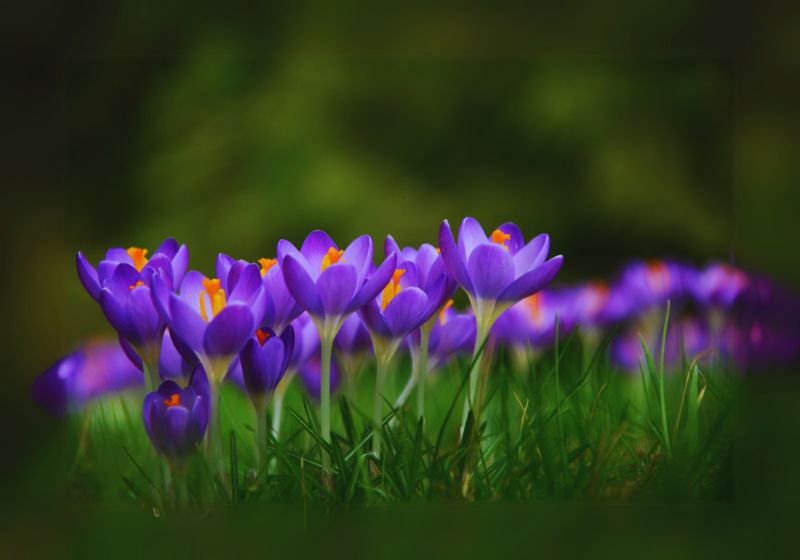
The Viola genus represents hundreds of violet species throughout its realm. Many different types of violets display their heart-shaped leaves alongside small blossoms that provide both small white and deep purple petal options. You can find three main violet varieties including Saintpaulia African violets alongside Viola odorata sweet violets and Viola sororia wild violets.
Benefits of Growing Violet Flowers
- Aesthetic Appeal: These colorful blooms serve to lighten up any landscape area.
- Fragrance: People admire sweet violets because of their pleasant fragrance.
- Edible and Medicinal Uses: The edible species of sweet violets have traditional medicinal applications.
- Pollinator-Friendly: Stock plants welcome bees along with butterflies and multiple pollinators to their blooms.
Selecting the Right Violet Variety
Common Varieties of Violets
- African Violets (Sanpaolo): The indoor plant kingdom features soft-foliage species that produce purple, pink and white blooms.
- Sweet Violets (Viola odorata): These plants bring their signature pleasant perfume to outdoor flower beds.
- Wild Violets (Viola sorrier): Wild Violets are native to North America since they thrive in naturalized gardens.
- Horned Violets (Viola cornuate): These compact plants thrive by signaling numerous blooms throughout spring and continue in the fall.
Factors to Consider When Choosing a Variety
- Climate: Simply pick your flower from limited choices that thrive under your area’s weather conditions.
- Purpose: What do you need violets for – do you cultivate them as decoration or for cooking or medicinal use?
- Space: African violets require container gardening whereas additional violet varieties work better in cultivated open spaces.
Preparing to Plant Violet Flowers
Choosing the Right Location
- Light Requirements: All violets require a protected shaded spot for optimal growth. Their gentle foliage becomes damaged when exposed to excessive direct sunshine.
- Soil: Violets develop best in loamy soil featuring organic matter that drains well. Ideally the soil should have a pH level between 6.0 and 6.5 to suit violets.
Preparing the Soil
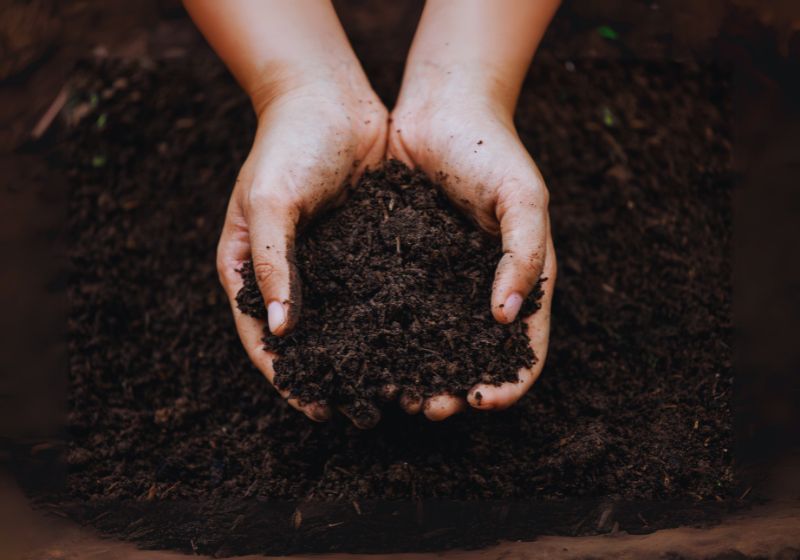
- Test the Soil: A soil testing kit helps you measure pH levels and verify nutrient content.
- Amend the Soil: To improve drainage conditions in heavy clay soil you should mix perlite or sand into the soil.
- Weeding: Wiping away weeds along with debris from your planting zone will support plants to acquire essential nutrients without competition.
Planting Violet Flowers
When to Plant
- Outdoor Violets: Moisten and plant violet seeds in early spring but delay the process until all frost danger has ended.
- Indoor Violets: These plants can be planted at any time as long as they get proper lighting conditions together with suitable warmth.
Planting Steps
Seed Propagation:
- Buying warm water allows seeds to rest for 24 hours before planting since this method boosts their germination potential.
- Seeds require seed trays along with moist seed-starting mix for planting.
- Place the trays under shaded conditions in a warm climate where soil covers them lightly.
- Wait until your seedlings develop 2 to 3 true leaves and then move them into pots or your garden planter.
Transplants:
- Holes need to be just wider than the plant root’s base measurement.
- For most varieties please space your plants anywhere from 6 to 12 inches apart from one another.
- The soil surrounding plant roots needs complete water saturation after placement.
Caring for Violet Flowers
Watering
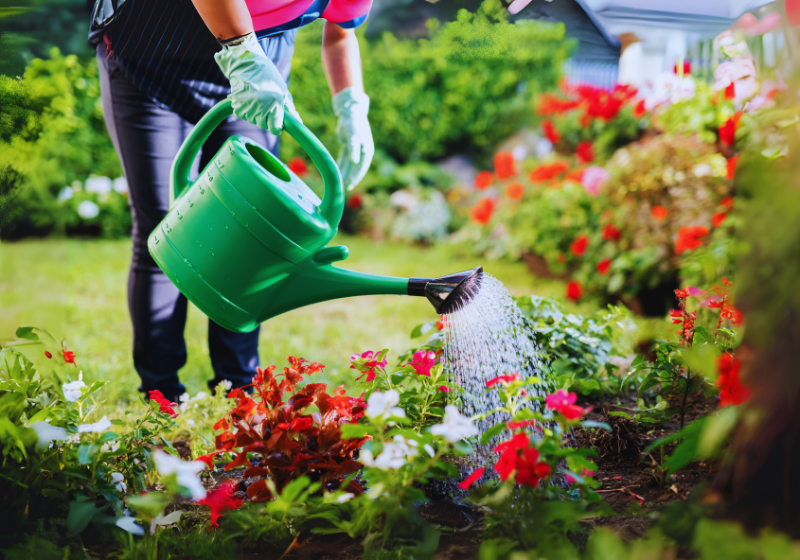
- Frequency: Keep the soil moisture at a consistent level where it remains damp but avoids flooding.
- Method: Apply water through a watering can by using its fine nozzle to protect delicate leaves while preserving flowers.
- Tip: Plants must receive their water supply in the morning so daytime evaporation can dry out excess moisture which fights against fungal diseases.
Fertilizing
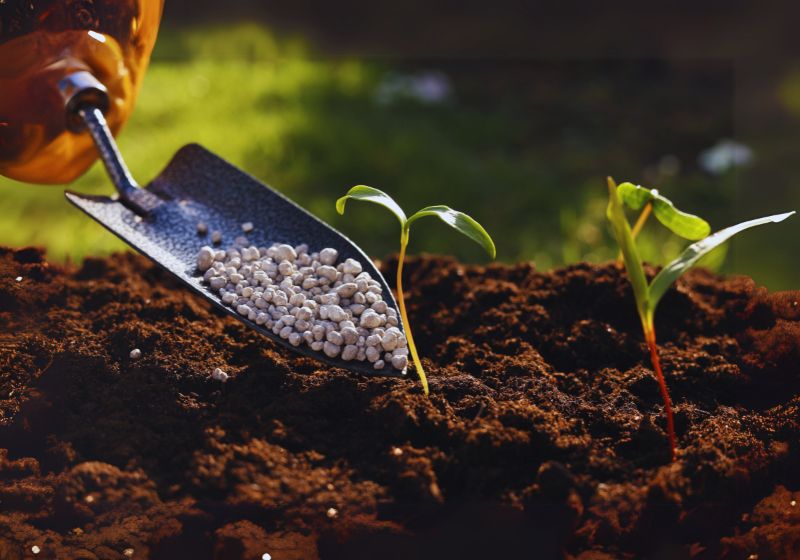
- Type: A balanced fertilizer solution such as 10-10-10 works best for your crop.
- Frequency: Feed violets every 4-6 weeks during the growing season.
- Caution: High levels of fertilizer will produce abundant foliage but reduce the number of blooms that may form.
Pruning
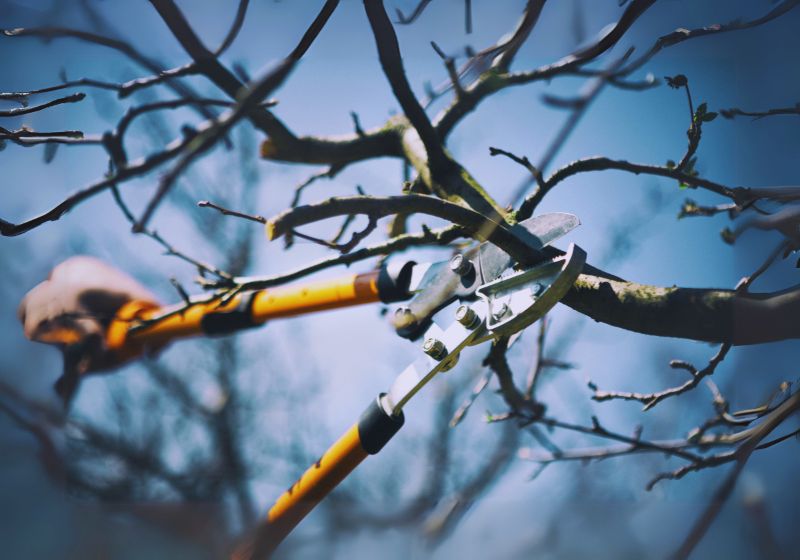
- Dobby flower maintenance requires a regular rotation of spent flower and yellow leaf removal to both foster new plant growth and uphold neat trim expenses.
- Remove small side shoots from African violets because this action promotes a healthy single crown.
Mulching
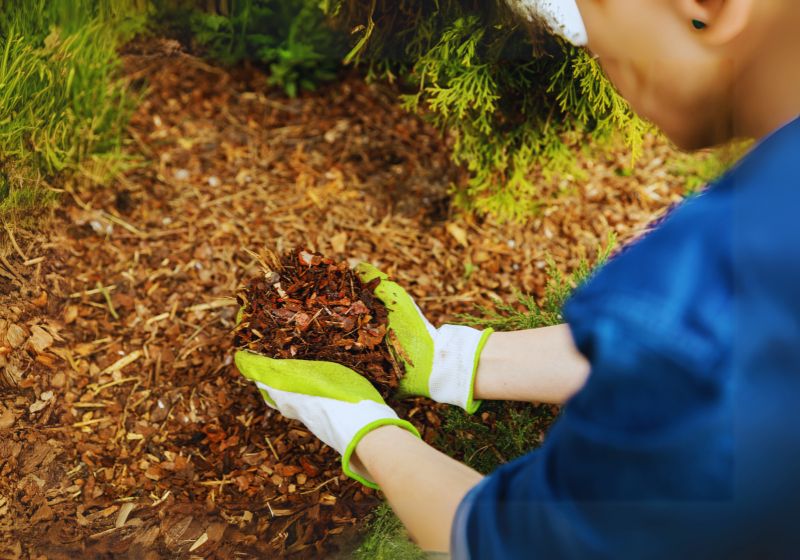
Placing a thin organic layer of bark material or pine needles on the ground near outside-growing violets helps keep the soil hydrated while keeping weed growth in check.
Managing Pests and Diseases
Common Pests
- Aphids: from both leaf and stem structures.
- Solution: Overcast your plants with solutions that contain insecticidal soap or neem oil.
- Spider Mites: Tiny bothersome pests construct webs on plant leaves.
- Solution: Up the plant environment’s water content while applying horticultural oil.
- Slugs and Snails: The pests create circular damage by eating through the leaves.
- Solution: Scatter diatomaceous earth as protection around your plants or place beer traps near them.
Common Diseases
- Powdery Mildew: White powder accumulates as a surface covering on vegetable leaves.
- Solution: Enhance your growing area’s air flow while using appropriate fungal treatments.
- Crown Rot: The fungus attacks plants through its destructive invasion of their central region.
- Solution: Maintaining proper drainage alongside avoiding excessive watering helps to protect the plants.
- Leaf Spot: Swollen black or brown patches on leaves result from fungal infections.
- Solution: Cut off the diseased leaves then treat the vegetation with a proper fungicide.
Propagating Violet Flowers
Propagation Methods
- By Seeds: pick mature plant seeds then base your process on the earlier sow guidelines.
- By Division: Petite plant clumps should be lifted during spring or fall months before dividing them into separate sections that include both root structures and stem growth.
By Leaf Cuttings (for African Violets):
- Take a healthy leaf containing a brief stem section.
- Place a stem fragment into somewhat damp growing media.
- Seal your plant under a plastic bag as an aid to humidity while positioning it in a spot with bright yet indirect light.
Seasonal Care Tips
Spring
- plant fresh violet seeds while dividing crowded clumps found within the plants.
- After resuming growth, implement regular watering and feeding.
Summer
- Set up shade during peak afternoon temperatures to avoid sunburn in your plants.
- The soil should receive regular moisture while looking for possible pests.
Fall
- Wilted flowers should be cut away from plants while clearing debris prevents dangerous pests from passing through winter.
- Protect your roots during frost season by spreading small amounts of mulching material across the area.
Winter
- Outdoor violets need lower water amounts along with no fertilizer.
- Bring potted African violets inside to exposed warm lighting under bright conditions.
Violet Flowers Importance
A guide to violet flowers serves essential purposes through their aesthetic value and symbolic meanings and functional benefits. Below are some key reasons a comprehensive guide to violet flowers would be valuable:
Symbolism and Cultural Significance
- Violet flowers deliver ancient symbolic values that specifically signify love but also express modesty and humility together with faithfulness.
- International artistic traditions and historical sources widely feature these plants throughout many cultures which makes them worthy of exploration
Gardening and Landscaping
- Garden cultivation of violets proves simple and their adaptability permits them to do well in multiple cultivation settings.
- Professionals in floral guidance demonstrate expertise by suggesting the perfect floral species selection together with proper planting instructions and plant care recommendations.
- Their diverse color palettes enable outdoor and indoor spaces to appear more visually appealing.
Botanical Diversity
- Violet flowers include several species from the Viola genus that include important varieties such as Viola odorata sweet violets along with Sanpaolo African violets and pansies.
- Guides provide detailed information about particular plant varieties which allows users to recognize their specific attributes.
Medicinal and Culinary Uses
- For centuries herbal medicine practitioners employed violets for treating both respiratory conditions and skin problems while creating relaxation effects.
- Edible violets play two major culinary roles: chefs create decorative plates with them while cooks prepare herbal tea beverages. Guides help people identify violets that are suitable for eating.
Environmental Benefits
- Local publicity like bees and butterflies seek violets at their flowers to boost both the biodiversity and the local ecosystems.
- Violets exist across various challenging environments where they support natural soil erosion prevention and lead to better environmental conditions.
Historical and Mythological Connections
- A guide brings out valuable historical and mythological stories involving violets to help people appreciate these artifacts within their cultural traditions.
Conclusion
The cultivation of violet flowers delivers valuable results that create peaceful elegance in any garden area or indoor spot. Correct care includes understanding their needs which enables you to achieve year-round blooms with delightful fragrance.
For people at any level of horticultural experience violets make a flexible and lovely addition to plant collections. This thorough guide gives you the necessary direction for developing stunning healthy violet blossoms.
FAQ’S
How many years can violets keep their beautiful flowers?
With appropriate indoor garden care African violet flowers can produce flowers throughout the year in addition to most violet varieties that flower during early spring through summer.
Can violets grow in full sun?
Violets thrive under morning sun exposure but need either partial shade conditions or sun blockage to stop leaf scorching.
The flowers from violet plants do they cause harm to household pets?
- Wild violets together with sweet violets present no toxicity risks to pets but African violets pose a small risk of stomach discomfort if consumed. Verify the exact plant type before starting your planting project.
- The leaves on my violets have become yellow so I am curious about the underlying cause.
- The cause of yellow leaves emerges from excessive watering or drainage problems or from insufficient plant nutrients. Change water schedule and consider plant feeding when necessary.
Do violets succeed when cultivated in containers?
Yes, violets thrive in containers. Prepare the pot by making drainage holes before filling it with a draining mix.
Read More : 10 Beautiful Black Flowers You Need to Grow in Your Garden


 English
English 

